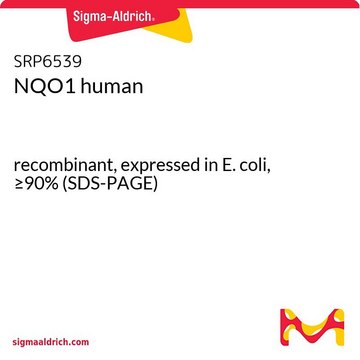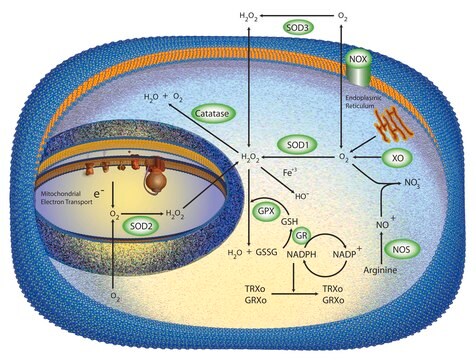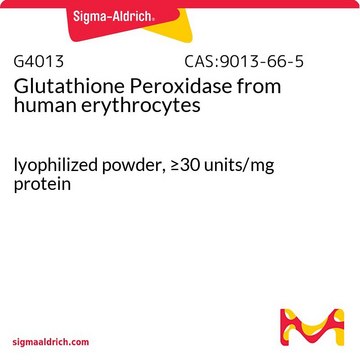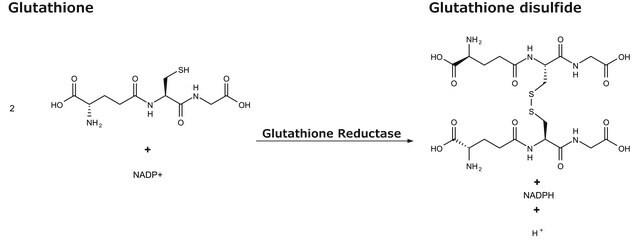SRP0202
Peroxiredoxin I Active human
recombinant, expressed in baculovirus infected insect cells, ≥90% (SDS-PAGE)
Synonym(s):
NKEF-A, Natural killer cell-enhancing factor A, Proliferation-associated gene A (PAGA), TDPX2, Thioredoxin peroxidase 2
About This Item
Recommended Products
biological source
human
recombinant
expressed in baculovirus infected insect cells
Assay
≥90% (SDS-PAGE)
form
aqueous solution
mol wt
23 kDa
packaging
pkg of 100 μg
concentration
>0.02 mg/mL
NCBI accession no.
UniProt accession no.
shipped in
dry ice
storage temp.
−70°C
Gene Information
human ... PRDX1(5052)
General description
Application
Physical form
Preparation Note
Choose from one of the most recent versions:
Certificates of Analysis (COA)
Don't see the Right Version?
If you require a particular version, you can look up a specific certificate by the Lot or Batch number.
Already Own This Product?
Find documentation for the products that you have recently purchased in the Document Library.
Articles
Oxidative stress is mediated, in part, by reactive oxygen species produced by multiple cellular processes and controlled by cellular antioxidant mechanisms such as enzymatic scavengers or antioxidant modulators. Free radicals, such as reactive oxygen species, cause cellular damage via cellular.
Our team of scientists has experience in all areas of research including Life Science, Material Science, Chemical Synthesis, Chromatography, Analytical and many others.
Contact Technical Service








